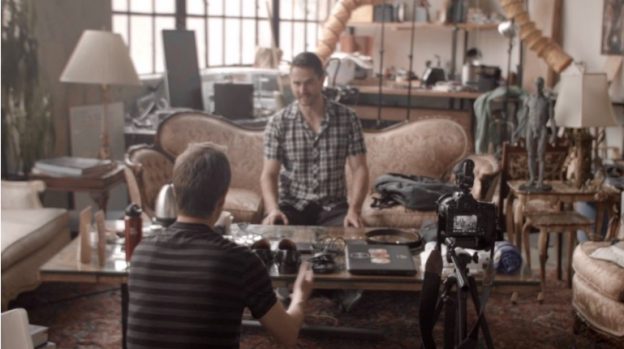Film directors use a term to describe zooming out from the scene to deliberately demystify the production process.
This reveals backstage activity usually out of the frame, like the edges of the studio set, sound crew, equipment etc..
They call this ‘breaking the wall’.
Thanks to an ambitious client, and a two minute edit from a mountain of footage, I feel like I can do something similar, at least trying to answer some design research FAQs I’m often asked. In particular the approaches and practicalities of fieldwork. Continue reading










